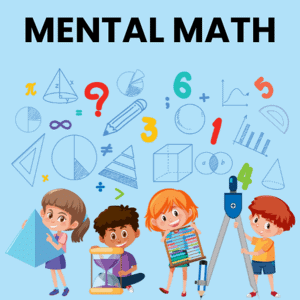Course Of Action | Logical Reasoning for CLAT PDF Download
Chapter - 13
Course Of Action:
- To solve questions on ‘Course of Action’ first of all, decide whether it is a ‘problem-solution’ or fact-follow-up action’ type.
- If it is ‘problem-solution’, then accept the suggested course of action if:
- i) you are convinced that the action would indeed solve or reduce the problem; and
- ii) the solution is a practical solution.
- In case you are having difficulty in deciding whether a suggested course of action will really solve a problem or not, ask yourself these questions.
Is it an established fact?
Do experience predict so?
Does logic predict so?
Is it in conformity with the prevailing notions of truth?
- And if you are having difficulty in deciding whether a solution is practical or not, ask yourself these questions:
Are the problem and the solution properly balanced? (it shouldn’t be ‘too simple a problem, too severe a solution’ or ‘too severe a problem, too simple a solution’.)
Will the solution not create another problem?
- If it is a ‘fact –follow-up action’ type question, then accept the suggested course of action if
- you are convinced that the action would result in an improvement of the situation; and
- the course of action is a practical suggestion.
- In case you having difficulty in deciding whether a suggested course of action will really improve a situation, ask yourself these questions.
Is it an established fact?
Do experiences predict so?
Does logic predict so?
- And if you are having difficulty in deciding whether a suggested course of action is practical or not, ask yourself these questions:
Are the given situations and the suggested course of action properly related? (It shouldn’t be ‘to simple an action for a severe situation’ or ‘too severe an action for a simple situation’.)
Will the suggested course of action create any new problems?
SOME TIPS FOR QUICK ANSWERS:
- No either
In some cases, depending upon the situation, more than one course of action could be suggested. But they are almost never exclusive of each other. Thus, if both courses of action look correct to you, you should choose the choice “both follow” and not “either of them follows”. The choice “either of them follows” is very rarely correct in practical life. You can take this as a thumb rule.
- Eliminate with the help of the certain
Usually, we are not sure about only one or two of the suggested courses of action. About the rest, we are sure whether question gives you three courses of action: I, II and III. Suppose you find that I is surely to be rejected and III is surely to be accepted, but you are not sure about II.. So you can look for those choices that include III and exclude I. This will reduce your possible number of answer choices from 5 to 2 or may be even 1.
- Remember some examples
Many of the questions in this chapter follow a usual standard pattern. In such a case, it helps to keep some similar examples at the back of your mind. It would be immensely beneficial for you if you remember the solved examples of this chapter in a rough manner.
|
34 videos|97 docs|70 tests
|
FAQs on Course Of Action - Logical Reasoning for CLAT
| 1. What is the importance of learning a second language? |  |
| 2. How can learning a second language improve job prospects? |  |
| 3. Is it possible to learn a second language as an adult? |  |
| 4. Can learning a second language help delay cognitive decline in old age? |  |
| 5. What are some effective strategies for learning a second language? |  |
































